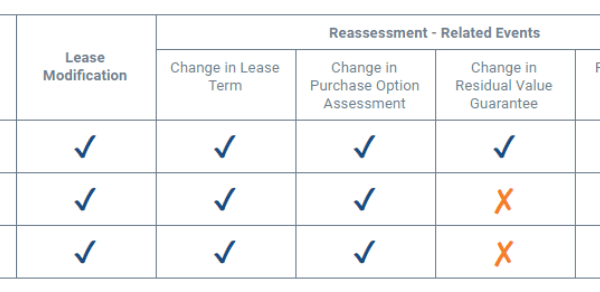Author: Buildout This post originally appeared on Buildout’s Blog and is republished with permission. Find out how to blog with us on theBrokerList.

If you’re a commercial real estate broker, you probably use spreadsheets on a day-to-day basis. From creating professional marketing collateral from key spreadsheet data to copying and pasting data into rent rolls, underwriting models, comp charts, and more, most brokerages rely heavily on spreadsheets.
But spreadsheets are slowing you down—ultimately hindering your ability to get in front of clients quickly and keep deals moving forward. Here are all the reasons and ways they are setting you back.
1. CRE Excel spreadsheets are not efficient
Brokers and brokerages simply don’t have time to waste. But relying on Excel spreadsheets means you’re doing a ton of manual work that doesn’t necessarily need to be manual—like copying and pasting, for example.
Instead of copying and pasting data from various sources, an integrated spreadsheet tool can pull property data directly into your rent rolls, underwriting models, comp charts, and much more. And this means your processes have gone from manual to automatic—helping you save valuable time.
2. CRE Excel spreadsheets are not connected to live data
Because Excel spreadsheets are static and don’t always reflect the most up-to-date information, you probably waste time searching around for the most recent versions and accurate data.
With an integrated spreadsheet tool, you can improve decision-making by connecting the data your brokerage keeps scattered across multiple spreadsheets in one central location. This will not only drive better insights but provide you with a greater understanding of the overall health of your brokerage.
3. CRE Excel spreadsheets can easily become outdated
Depending on outdated spreadsheets and separate software systems for brokerage processes can be a huge problem for you and your team. When information is stored across multiple platforms, communication is bound to get lost in translation, and siloed or inaccurate data can mean missed follow-ups—which could mean losing a deal.
But an integrated spreadsheet tool eliminates the need for those outdated spreadsheets by ensuring data is live and connected. This helps your team stay coordinated, improves communication within your brokerage and with clients, and allows you to be more efficient in your processes.
4. CRE Excel spreadsheets demand manual work
Brokers often compile their comps in Excel so that they can generate charts, format the data to their liking, and pull critical numbers directly into their underwriting models. But manual work like this is time consuming.
With an integrated spreadsheet tool, brokers can eliminate data re-entry by prepopulating spreadsheets with lease and comp data, auto-generate beautiful charts, have fine-grained control over the data and its layout, and completely customize the way comps appear in their marketing documents—all with ease.
5. CRE Excel spreadsheets are prone to human error
Humans make mistakes; that’s just a fact of life. Data can be accidentally deleted, entered incorrectly, or lost. Not to mention, if Excel unexpectedly quits or your computer freezes or crashes, your changes won’t be saved.
But leveraging an integrated spreadsheet tool eliminates the need for manual work like data re-entry, copying and pasting, and ensuring files stay updated so you can get in front of clients quicker and keep deals moving forward.
Ready for an integrated CRE spreadsheet tool?
Buildout Grids combines the familiar user experience of popular spreadsheet tools with a seamless integration to the Buildout platform. Remove the need to copy and paste data, eliminate repetitive work and human error, and drive strategy and execution to increase deal velocity at your brokerage.
Haven’t seen what Buildout can do for you and your team yet? Get in touch with us and ask for a personalized demo today.
For more updates like this and future coverage of tools in the CRE industry and other brokerage insights, subscribe to our blog.



